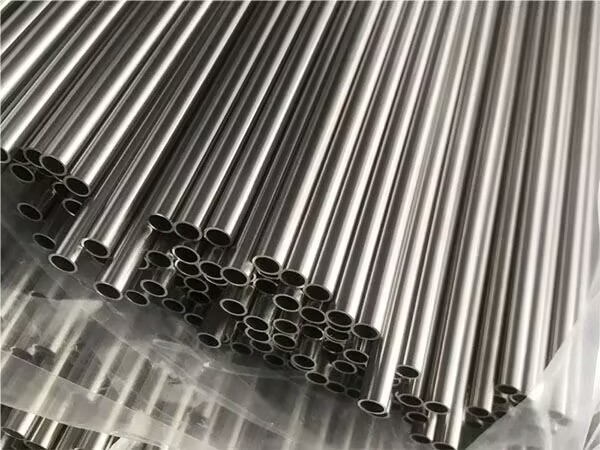Characteristics of cold-drawn precision steel pipe
Cold-drawn precision steel pipes are favored in industries that require high precision, durability and excellent performance because of their excellent performance. The following is a detailed analysis of its characteristics, combined with insights to further illustrate its importance.

1. Small outside diameter
The extremely small outer diameter can be achieved through cold drawing technology, which makes cold drawn precision steel pipes in areas where space is limited and lightweight is required, such as aerospace, robotics and precision instrument manufacturing industries.
2. High precision, suitable for small batch production
Cold-drawn precision steel tubes are capable of maintaining tight tolerances in small series production, making them ideal for the customized needs or prototyping of the high-tech industry. This flexibility allows manufacturers to meet the unique needs of their customers while ensuring quality and cost-effectiveness.
3. Excellent surface finish
Cold-drawn precision steel pipes have smooth internal and external surfaces and very low friction loss, especially for hydraulic and pneumatic systems. This high-quality surface not only improves the aesthetics, but also enhances the compatibility of the seals and prolongs the service life of the products.
4. Complex cross-section shape
The cold-drawn technology can produce steel tubes with complex cross-sectional shapes, such as ellipses, hexagons or other custom geometrics. This opens up more design possibilities for advanced engineering areas such as automotive and medical devices that require a specific cross-section design.
5. High metal density and superior performance
The cold drawing process makes the metal denser and eliminates voids and defects. This allows the steel pipe to have higher strength and reliability under mechanical stress, and can meet the needs of high-pressure systems or structural components.
6. High dimensional accuracy
The finished steel pipe has extremely high dimensional accuracy, and the inner and outer diameter tolerance can reach ±0.05mm. This precision is critical for applications that require seamless assembly, such as mechanical parts or fluid delivery systems. High precision also reduces subsequent processing time and reduces manufacturing costs.
7. No oxide film on internal and external surfaces
After cold drawing, there is no oxide layer on the inner and outer surfaces of the steel pipe, which not only improves the corrosion resistance, but also provides a better basis for subsequent coating or other surface treatment. This feature is particularly important in industries where cleanliness is critical, such as medicine and food processing.
8. Strong resistance to high pressure and deformation
Cold-drawn precision steel pipe can withstand medium and high pressure, and there is no crack or deformation in the process of flaring, flattening or cold bending. This makes it indispensable in applications such as hydraulic cylinders, pipes, and structural supports where safety and durability are required.
9. Suitable for complex deformation and deep processing
Cold-drawn precision steel pipes are very flexible in the manufacturing process and can withstand complex machining processes, such as bending, welding or deep stamping, without affecting their overall performance. This adaptability makes it the material of choice for advanced manufacturing.
Sum up
Cold-drawn precision steel pipes represent extraordinary progress in metallurgical engineering. Its combination of precision, strength and versatility makes it a basic material in modern industry.
Its wide application in advanced fields such as aerospace, automotive and energy highlights its importance. For example, in the field of electric vehicles, this steel pipe improves efficiency and performance by reducing weight, while in the medical field, its high precision and corrosion resistance ensure the reliability of equipment such as stents and surgical tools.
